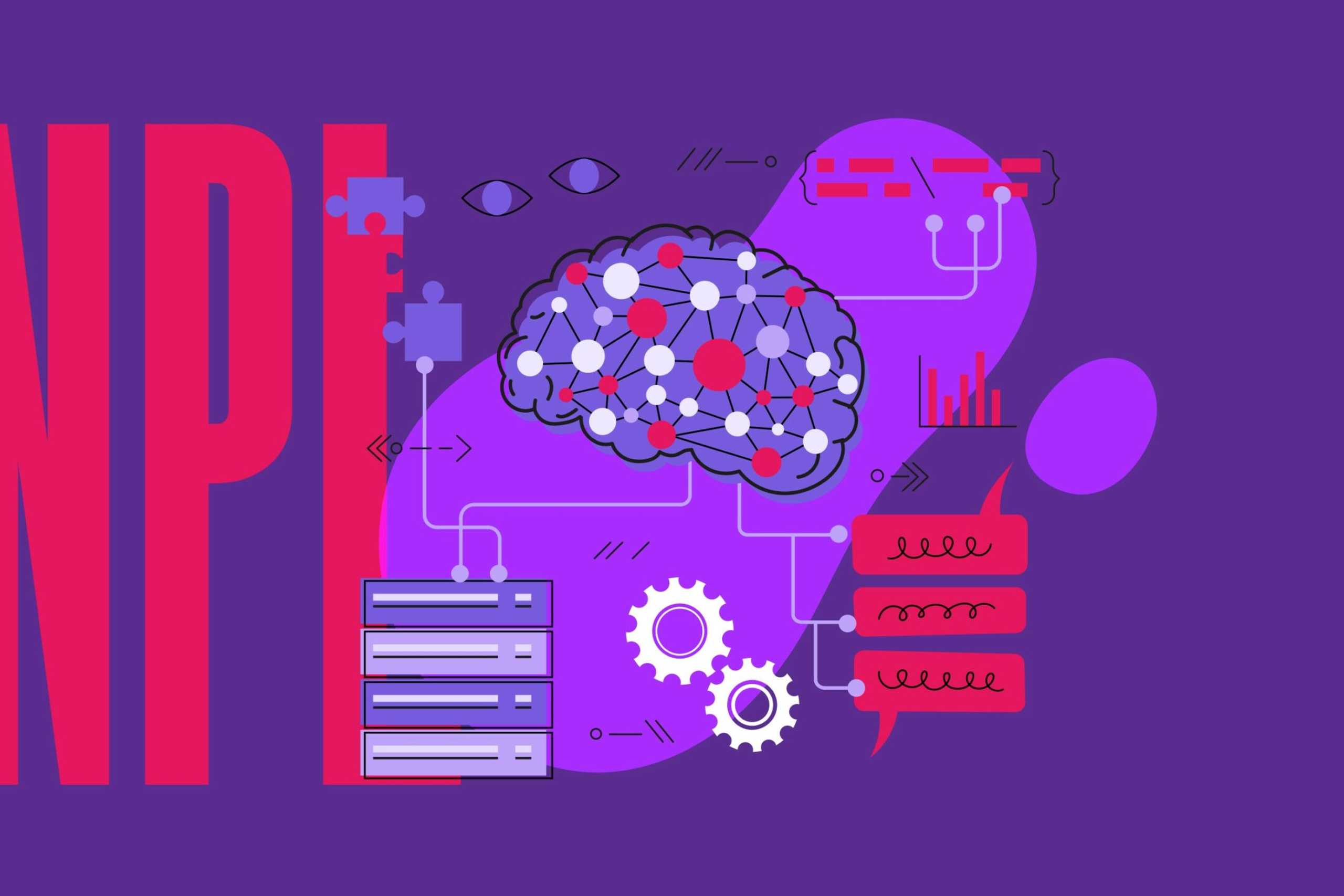
January 23, 2024
Are you having trouble matching your software development methods with today’s fast-paced changes? The evolution of software development has made embracing DevOps practices not just a trend but a strategic necessity.
DevOps, derived from development and operations, signifies a transformative shift in the entire process of creating, testing, and deploying software.
Embarking on the journey of integrating DevOps into your software engineering workflows requires thoughtful consideration. For a seamless transition into this transformative process, seek personalized guidance tailored to your specific needs.
Let’s dive into the essential considerations that will pave the way for a seamless and successful implementation.
1. Understanding the DevOps Culture
The cultural transformation integral to DevOps is much more than just teamwork; it’s about fostering a sense of shared responsibility and ownership among the development and operations teams. This approach breaks down traditional silos and encourages open communication, creating an environment where everyone works towards common objectives, thus enhancing overall efficiency and productivity.
This image from Space-O Technologies shows the difference between DevOps vs Agile development methodologies.
In this ever-evolving landscape, the insights from experienced professionals are crucial to ensure that your approach is well-aligned with modern requirements. Therefore, as you take your first step towards optimizing your software practices, it’s beneficial to seek expert guidance.
2. Choosing the Right DevOps Tools
Selecting the appropriate tools is the backbone of any successful DevOps initiative. The technology stack you choose should align with your organization’s specific needs and existing infrastructure. Here’s a closer look at some key DevOps tools:
• Jenkins
Beyond being an automation server, Jenkins serves as the heartbeat of continuous integration and continuous deployment (CI/CD) pipelines. Its versatility makes it a go-to choice for automating various stages of the development process.
• Git
Git, a distributed version control system, ensures effective source code management. Its ability to handle collaborative development seamlessly and facilitate branching and merging makes it a fundamental tool in DevOps workflows.
• Docker
As a containerization platform, Docker enables the packaging and distribution of applications along with their dependencies. This promotes consistency across different environments and streamlines the deployment process.
• Kubernetes
Kubernetes stands out for container orchestration. It automates the deployment, scaling, and management of containerized applications. This provides a strong solution for container orchestration in complex environments.
3. Establishing Continuous Integration and Continuous Deployment (CI/CD) Pipelines
Implementing CI/CD pipelines is not only a technical choice but also a strategic move toward achieving faster, more reliable software delivery. Let’s explore the benefits in more detail:
Benefits of CI/CD Pipelines
- Faster Time-to-Market: CI/CD pipelines accelerate the development cycle, ensuring that new features and bug fixes reach users swiftly.
- Reduced Manual Errors: Automation in testing and deployment reduces the likelihood of human errors, contributing to a more reliable release process.
- Enhanced Collaboration: CI/CD pipelines create continuous feedback loops, fostering collaboration between development, operations, and other stakeholders.
4. Security as Code: Integrating DevSecOps
With cybersecurity threats on the rise, integrating security practices into your DevOps pipeline is non-negotiable. DevSecOps is a methodology that emphasizes incorporating security measures right from the start. Here’s a closer look at key security considerations:
Key Security Considerations
- Automated Security Scans: Regular automated scans of code and dependencies help identify and remediate vulnerabilities proactively.
- Access Control: Implementing robust access controls ensures that only authorized personnel have access to sensitive data and critical systems.
- Security Training: Continuous training for development and operations teams on security best practices is essential to build a security-first mindset.
5. Monitoring and Logging for Continuous Improvement
DevOps is an iterative process, and continuous monitoring is essential for identifying areas of improvement. Robust monitoring and logging solutions offer insights into system performance, troubleshoot issues, and guide optimizations over time.
Monitoring Best Practices
- Real-Time Monitoring: Identify and address issues as they arise, preventing potential disruptions to services.
- Performance Metrics: Track key performance indicators (KPIs) to gain insights into application and infrastructure performance.
- Log Analysis: Analyzing logs is crucial for troubleshooting issues, understanding system behavior, and identifying patterns that can inform future improvements.
6. Embracing Infrastructure as Code (IaC)
Infrastructure as Code (IaC) is a fundamental practice that involves managing and provisioning infrastructure through code and automation. The advantages of IaC extend beyond just efficient infrastructure management.
Advantages of IaC
- Scalability: IaC allows for the effortless replication and scaling of infrastructure as needed, supporting the dynamic demands of modern applications.
- Version Control: Tracking changes to infrastructure configurations using version control ensures transparency, accountability, and the ability to roll back changes if needed.
- Consistency: IaC ensures consistency across different environments, reducing the chances of configuration drift and minimizing deployment-related issues.
7. Collaboration and Communication
Effective collaboration and communication are the bedrock of a successful DevOps culture. Creating an environment where development, operations, and other stakeholders communicate openly and collaborate seamlessly is essential for sustained success.
Collaboration Strategies
- Cross-Functional Teams: The formation of cross-functional teams brings together individuals with diverse skills, fostering collaboration and shared responsibility.
- Knowledge Sharing: Workshops, training sessions, and collaborative tools are instrumental in facilitating the exchange of knowledge and best practices among team members.
- Collaborative Tools: Leveraging communication and collaboration tools, like Slack or Microsoft Teams, supports real-time communication and connect the team.
8. Scalability and Flexibility
In the dynamic landscape of software development, scalability and flexibility are paramount. Your DevOps practices should be designed to adapt to changes in technology, team structures, and business requirements.
Scalability Tips
- Modular Architecture: Designing systems with a modular architecture facilitates easier scalability. Individual components can be scaled independently to meet varying demands.
- Automation for Scale: Automation is a key enabler of scalability. Automate repetitive tasks to ensure efficiency and consistency as your infrastructure and application needs grow.
- Continuous Evaluation: Regularly evaluating and adapting DevOps processes is essential for optimal performance. Continuous improvement should be ingrained in the culture.
As software engineering constantly evolves, it’s crucial to stay informed about current development trends in software engineering. Understanding these trends can guide your DevOps practices toward greater adaptability and innovation.
Conclusion
In conclusion, adopting DevOps in software engineering is a transformative journey that involves cultural shifts, strategic tool selection, and the establishment of efficient processes. By understanding the DevOps culture, choosing the right tools, establishing CI/CD pipelines, integrating security practices, monitoring for continuous improvement, embracing Infrastructure as Code, promoting collaboration, and ensuring scalability, you can lay the foundation for a successful DevOps implementation.
Remember, DevOps is not a one-time implementation but a continuous evolution. Stay committed to the principles, foster a culture of collaboration, and leverage the power of automation to propel your software engineering processes into the realm of efficiency, reliability, and innovation.
Contact us
Swan Buildings (1st floor)20 Swan StreetManchester, M4 5JW+441612400603community@developernation.net



